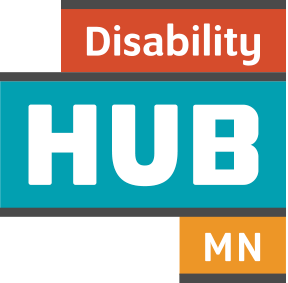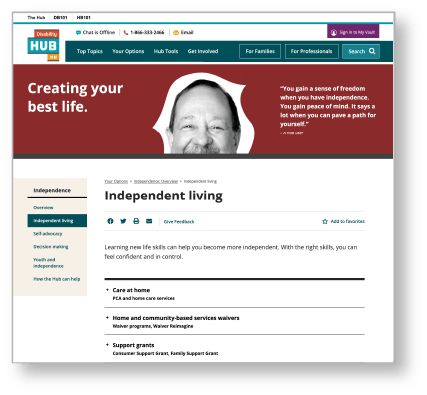Does the youth have the necessary services and supports to successfully manage adult life in their community?
Services and supports for in(ter)dependent living are matched to a person's individual needs. Informal supports may be available from friends, family and the community. Formal supports are provided by personal care assistants and programs such as Medicaid waivers.



